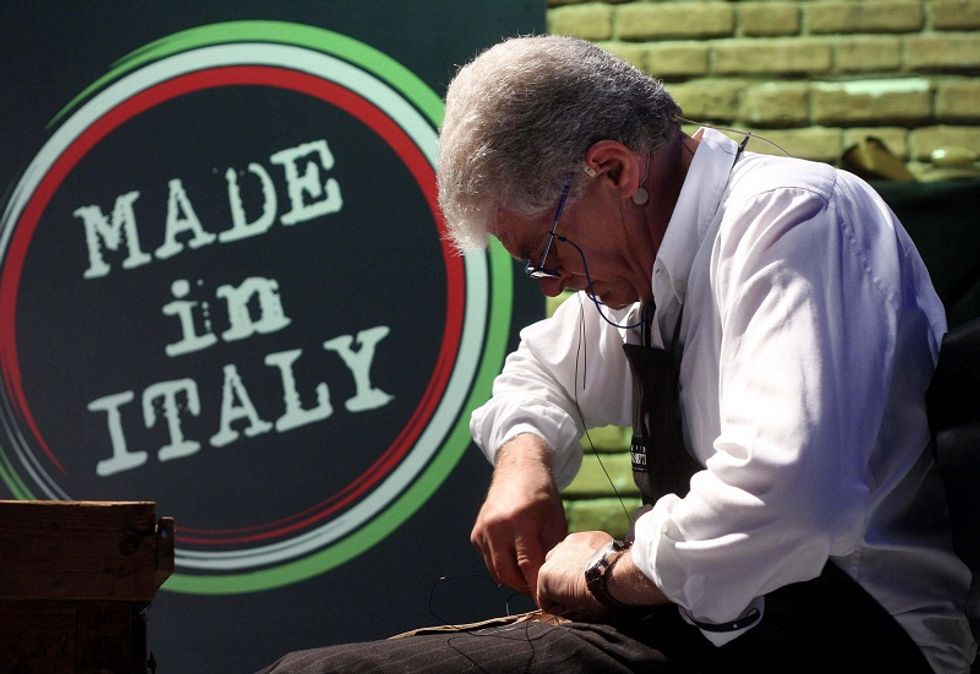Assessing "Made in Italy" success as marketing strategy
An interesting debate on how Italy might have transformed itself from a luxury powerhouse to a third party manufactures
It's is quite common to read or hear that Italian fashion managed to survive the global financial crisis re-launching the "Made in Italy" power. At the same time, it is not unusual to discover that top international luxury brands make part of their products in Italy, rather than in cheap developing countries.
However, Hermes, Chanel,Christian Dior, Louis Vuitton, Ralph Lauren, and Tom Ford, among others, seems not that interested in highlighting that part of their production has been outsourced to Italian factories.
Here is an interesting debate on how Italy might have transformed itself from a luxury powerhouse to a third party manufactures. You may not agree on everything, but this remains an interesting reading.
Here are the links to part 1 and part 2.
Follow @castaritaHK


